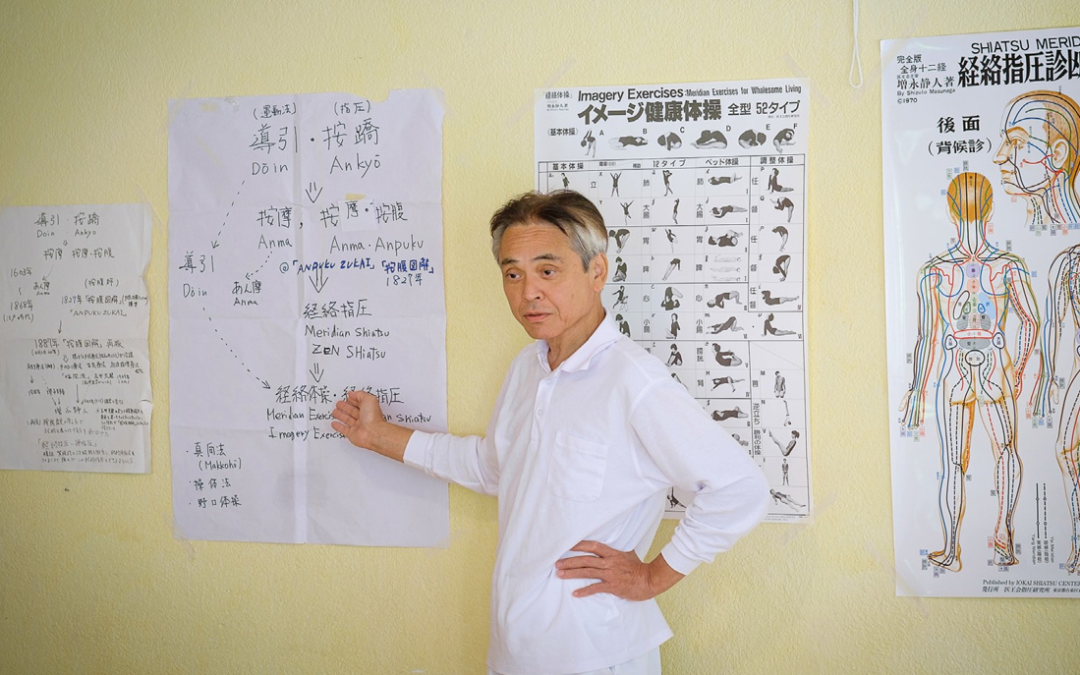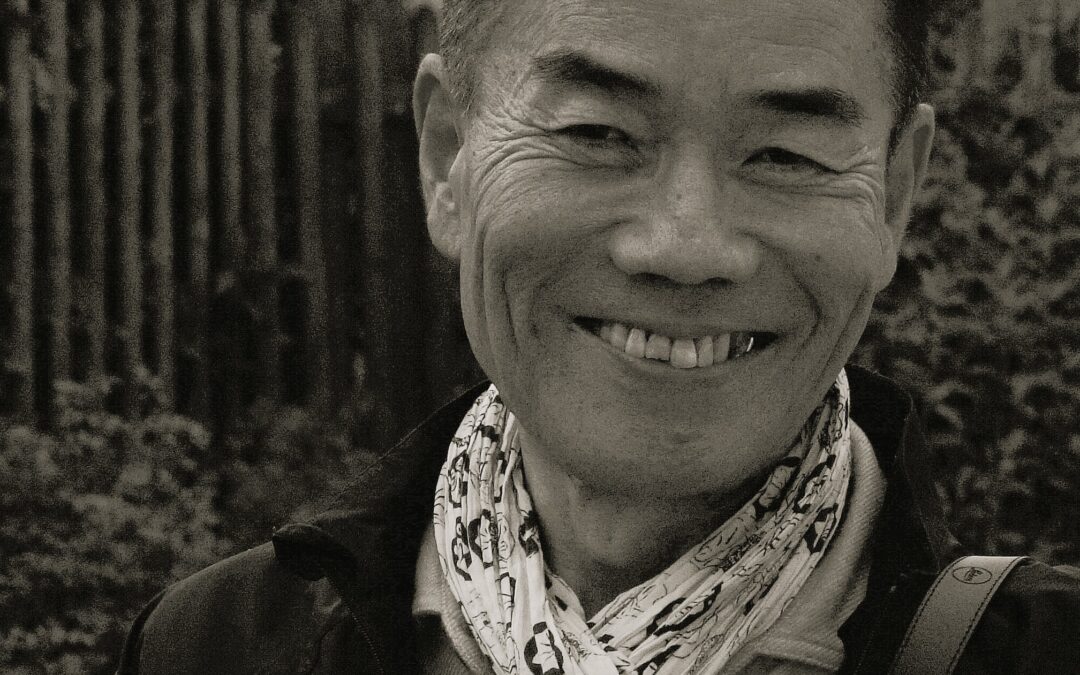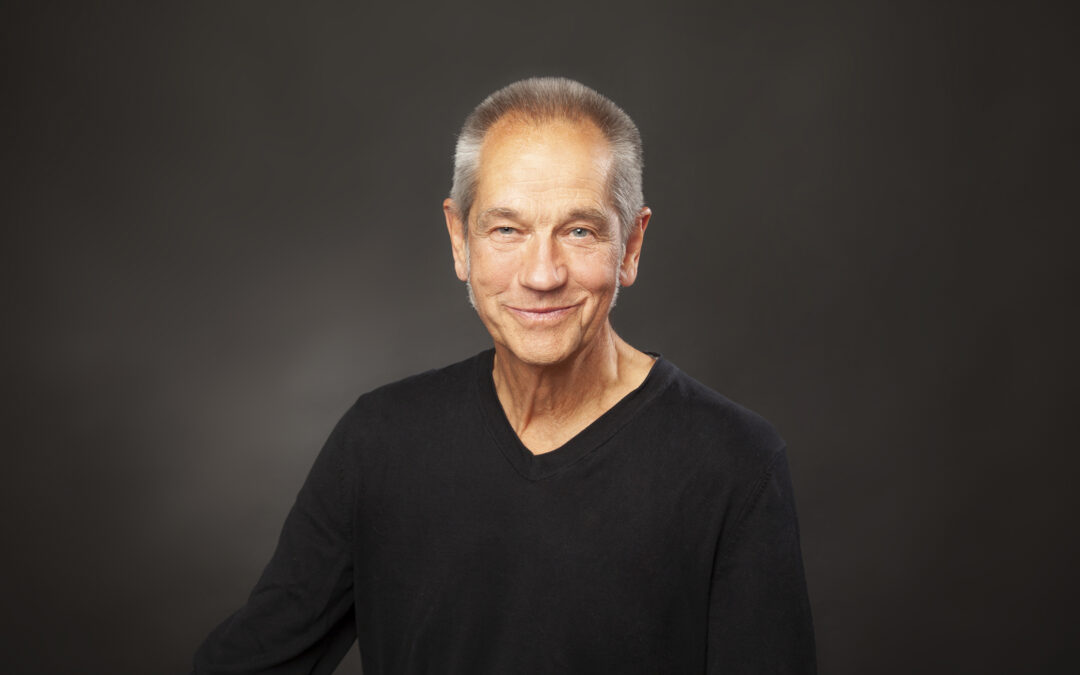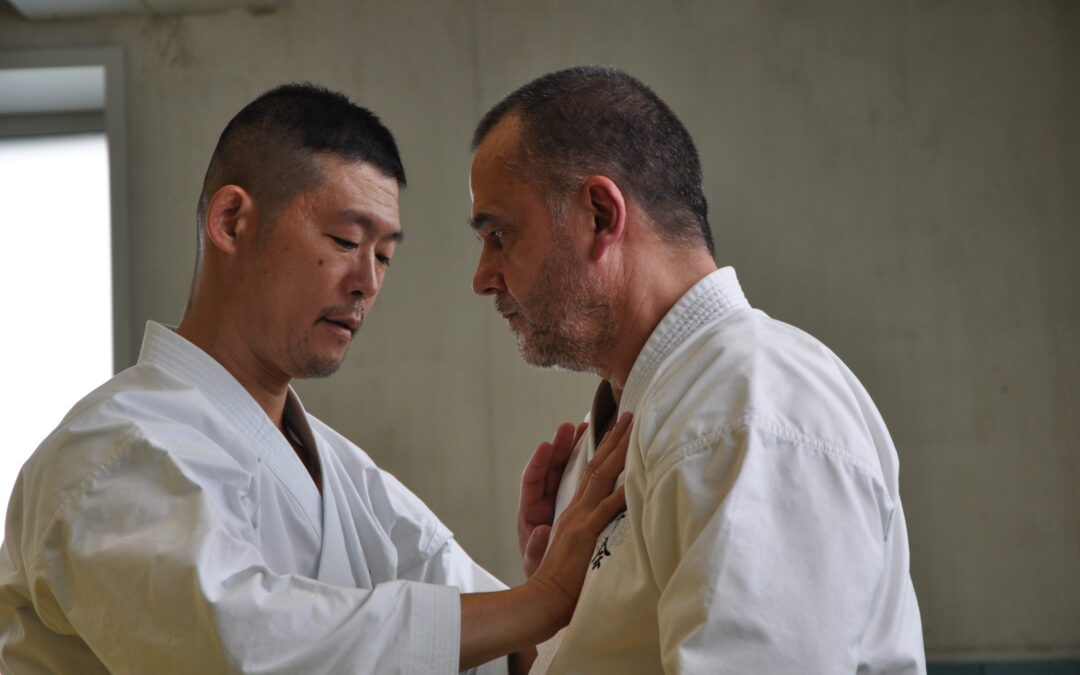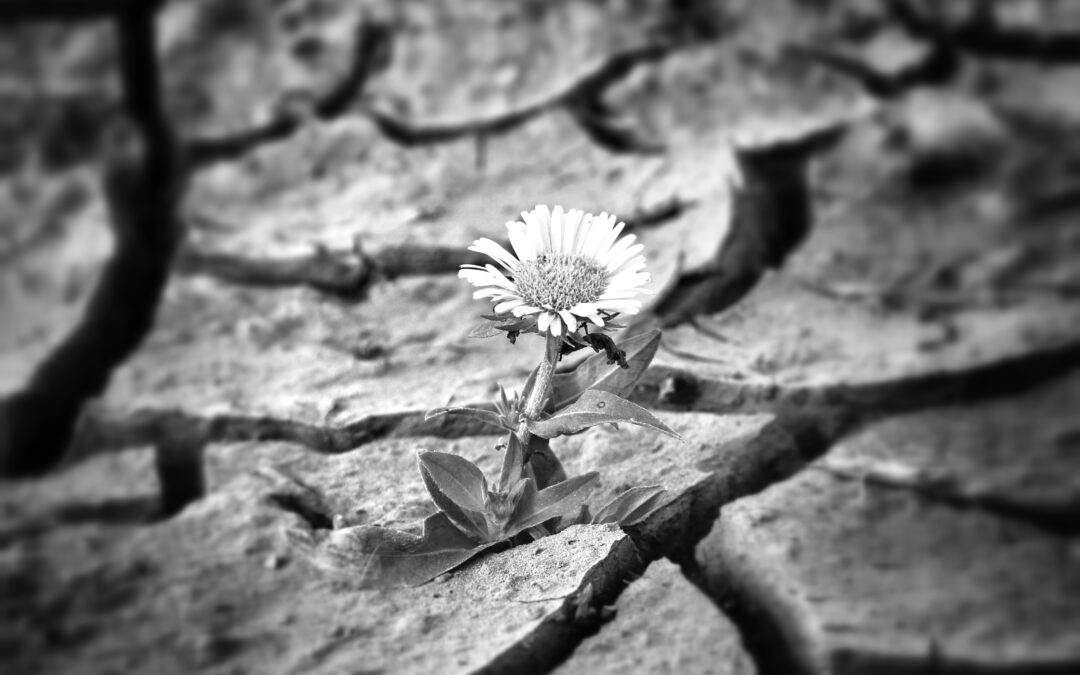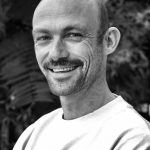 Unless you travel to Austria to practice shiatsu, you can’t know Mike Mandl. Yet, he is an experienced practician, a passionate professor, a man recognized for his shiatsu even in the Vienna hospitals. But above all, he is a man full of fire who organized the last European Shiatsu Congress that took place in September of 2017. Let us have him look back at his career, at the challenge that organizing such an event represents and above all, at the mission that matters to him: creating a European shiatsu that achieves recognition as a full blown therapy.
Unless you travel to Austria to practice shiatsu, you can’t know Mike Mandl. Yet, he is an experienced practician, a passionate professor, a man recognized for his shiatsu even in the Vienna hospitals. But above all, he is a man full of fire who organized the last European Shiatsu Congress that took place in September of 2017. Let us have him look back at his career, at the challenge that organizing such an event represents and above all, at the mission that matters to him: creating a European shiatsu that achieves recognition as a full blown therapy.
Dear Mike, hello. I am very happy about this meeting. Before we start with the technical questions, could you present yourself briefly?
Dear Ivan, thank you for the invitation. Regarding my background, well, I come from a family with a long medical tradition. It could therefore have seemed obvious that I would follow in those steps, especially since I was highly influenced by my grandfather who was a recognized surgeon. But I remember a time in my childhood when I thought: « poor grandpa. All he can do is try to repair when everything goes wrong. Wouldn’t it be better if people didn’t get sick at all?». This thought sparked something inside me: the quest for paths and means to maintain good health and prevent illness. So, you can say that my interest for alternative medicines started very early on in my life. At an age when my schoolmates left to study at the university, I studied other ways towards holistic health such as meditation, movement, nutrition and massage. It is somewhat « nearly » logically that I ended up in Shiatsu because that approach combined all these aspects together. I was very fortunate to study with Tomas Nelissen[i], one of the few direct disciples of Masunaga. I chose Tomas because at the time he already used shiatsu working in hospitals and that is exactly what I wanted, in line with my family tradition but approaching from its other side: from where diseases start and can be thwarted. Tomas and I had close relations in shiatsu and I studied and worked with him intensively during 25 years, which eventually led me to the step where I take up the baton, embrace his heritage and the Vienna Hara Shiatsu International Academy that I currently lead. My TCM studies with Claude Diolosa are another important influence for me. TCM is very oriented towards therapeutical practice, far more so than Shiatsu, but it has always inspired me and allowed to find out how efficient the energy approach is, including with serious conditions. I therefore tried to combine Shiatsu and and TCM knowledge more and make Shiatsu evolve towards a holistic and efficient therapy that, to me, should play a major role and be recognized in future healthcare systems. And that is why we had the European Shiatsu Congress in Vienna with the subject “Shiatsu as a therapy”, so that we could assess prospects and opportunities to present Shiatsu as a therapy.
How was Tomas Nelissan’s teaching? Tough, easy, Japanese or occidental style?
When I started studying with Tomas, it was very much « Japanese-style ». Tomas had been living for quite some time in Japan, working closely with Masunga, so that I believe he carried on his way of teaching, which is more or less « teaching by doing ». Tomas would come into the classroom, chose a person with whom to work and off we were. We were just there watching him and trying to understand what he was doing and why he was doing it. I liked that way of teaching because you really had to want to practice, look inside yourself, ask yourself questions look for, try to understand how Shiatsu really works, create your own answers and your own experience. And since we already worked in hospitals in the context of our training, we really had to prove ourselves in a very challenging environment, and then we would see whether what we did really worked. This personal responsibility in the learning process produced a mindset in which we worked on a subject until we understood it at all levels. We had to be fully involved.
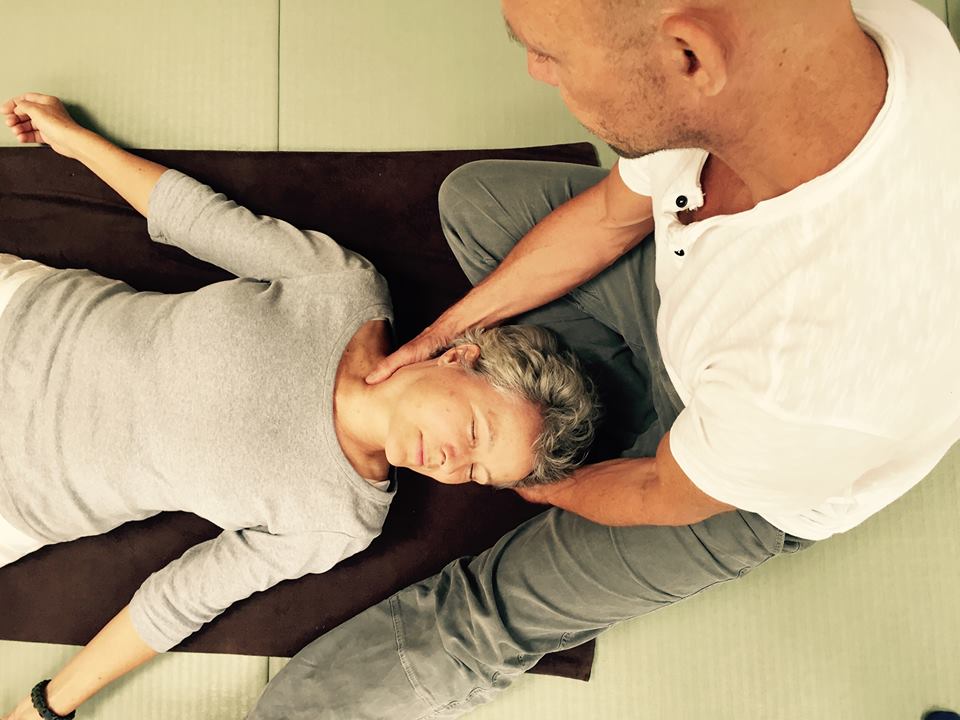
My TCM studies were, on the other hand, more or less the opposite. Learn first, apply later. It was like studying at university. Tons of theoretical information. But over the years, both approaches merged more and more and now I am really happy to have followed them both.
Later on, have you followed masters who inspired you? What fundamental teachings over Shiatsu have they brought?
Yes, that is the usual routine. After finishing my basic studies, I was starving and I wanted to know more about the world of Shiatsu, so I tried seeing as many Shiatsu masters as possible. But I quickly understood that it was not the best way to improve my Shiatsu. I actually realized that I was a rather stubborn traditionalist. In order to improve my own Shiatsu, it was much more efficient to commit to a professor, to a style and a philosophy. It’s the same thing as with energy exercises. I think that if you practice shiatsu, you should hold yourself to a form of regular daily training, be that Yoga, Taichi, Qigong or something else. But in order to achieve the depth of training, you need to commit entirely. It is better to be a real, good Qigong practitioner – which I have practiced for 30 years now – than to know a bit of this and a bit of that. I have always wanted to be a specialist. I wanted to things really well rather than quite well, I still try to go as deep as possible. And I believe that if wish to do the same, you have to decide on one direction for yourself, a style, a master, and hold on to it. It’s a little like… having lots of girlfriends and having great moments, exciting ones, even, because you get freshness pretty much every day. But if you really want to grow and deepen a relationship, need to marry a woman and go through paradise and hell with her, until you find the real meaning of love. So I got married to Shiatsu 25 years ago, and I still practice Shiatsu. And don’t mean Shiatsu and osteopathy or cranosacral or massage. Only jut Shiatsu. And TCM helps deepen that technique. The essence of what I learnt is: if you cannot prove what you do with concrete results, well, it’s nice but you missed the treasure that lies hidden in Shiatsu. And feeling a little more centered and relaxed at the end of a treatment is not enough.
You lead the Vienna Hara Shiatsu school. Can you tell us about that school? What is your teaching ambition?
The Hara Shiatsu school was founded by Tomas Nelissen and I’ve been involved in it for over 20 years. We have two main goals. On the one hand, you need to work hard on yourself, on your personality. If you work with Qi, you need to be able to awaken, handle and direct that Qi inside yourself before anything. It is a process that is at once physical, emotional and spiritual. On the other hand, we want to form professional Shiatsu practitioners. To that effect, we chose a structure that remains current: we start with a group and we finish with that group. We see our students every week, on try to keep a close connection, we are really behind them. We demand a lot but we also give a lot. We do lots of physical exercises, we have our own kitchen, we cook together, vegetarian, sugar free, complete food… Hahaha, sometimes it looks like a training camp, like a retreat, but one that lasts for three years. Part of our training lies in clinical practice and we work with our students in hospitals. They have to see at least three different hospitals during their training and we specialize in rehabilitation, psychosomatic disorders with children, gynecology and burn-out. With that clinical experience, students are quite ready to enter the job market.
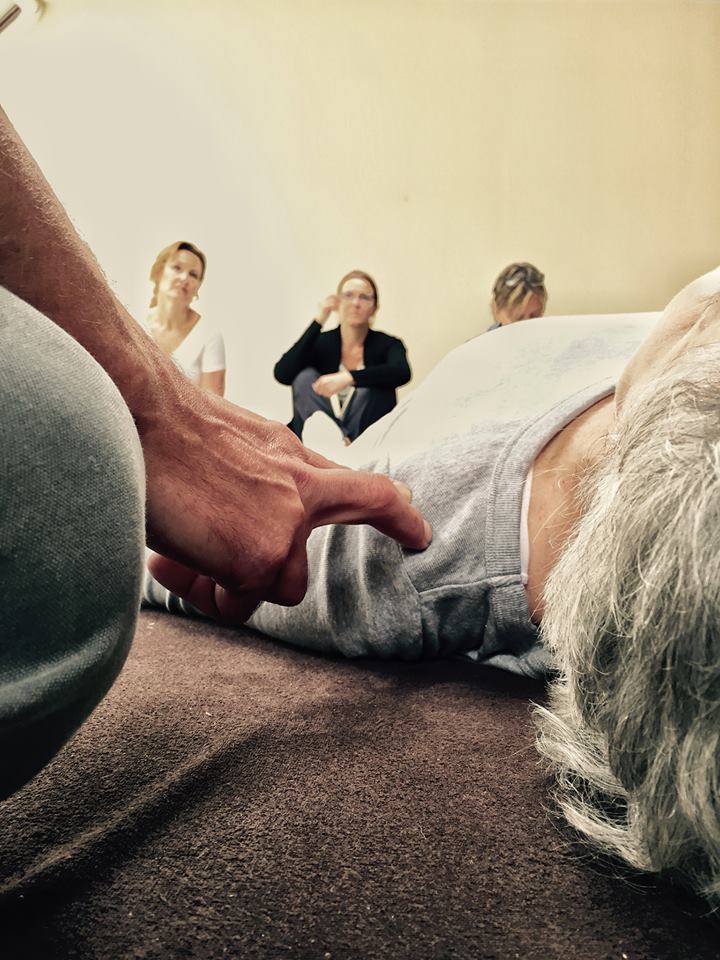
Your approach is not only based on well being. What kind of work do you do in hospitals?
To me, there is some kind of misunderstanding when speaking about well-being. The ultimate goal is of course well-being on all levels, which is considered like being health, as already defined by the World Health Organization back in 1946, which means that health is a complete well-being state as much physically as mentally and socially and not only the absence of disease or disability. But to achieve that level of health, one should also be able to solve one’s problems. There is no well-being when there are problems. So, when we talk about well-being in Shiatsu, we have to do everything possible to achieve this. And if we already can do much with our hands, it’s fine. This is what we do in hospitals. Only Shiatsu.
This year, you organized (with a nice team) the European Shiatsu Congress in Vienna. Could you start by telling me how you came up with that idea.
I actually was already involved in the 3rd and 4th congress in Kiental in Switzerland. At the fourth congress, I had a long conversation with Wilfried Rappenecker for the organization of the next congress. Kiental had hosted the event four times and they were a little tired of it. And somehow, the congress did not attract a lot of people anymore. My vision was to move it to a big city where Shiatsu is alive and well because as lovely as Kiental is, it is also lost in the Swiss mountains. The congress looked like a retreat. I saw the potential of such an event. If you made it big, in a big city, you could make a big splash around Shiatsu and bring more people in contact with Shiatsu. To me, it is time for Shiatsu to come forward and we needed to rise and show what we do, what we can achieve and what we want to do. Thanks to the size of the congress, we were able to reach the media and the many people who do not know Shiatsu. We can therefore say that it worked.
What was the biggest challenge during the preparation of the event?
Well, the biggest challenge was to handle the amount of people. At the beginning, we had planned all this for a maximum of 300 people. In the end, we had 520 participants plus 130 voluntary helpers, interpreters, speakers and staff for the organization. In total, 26 nations were represented. Accordingly, we had to find more rooms, bigger ones, more helpers, etc. It was difficult and gave us a hard time. Just imagine what it represents in terms of logistics: 520 participants, 102 classes or 10,000 individual sessions, which means 10,000 session confirmations to know who was to go where. Besides, we did not know how people were going to react to being part of large groups. It was a conscious choice because we wanted to show that we are plenty, a mass and therefore not on our own, keeping to ourselves practicing Shiatsu, but that we are together. We really wanted to give the feeling of being united with a great many other Shiatsu practitioners. Some classes had over 120 attendants at a time. It challenged the speakers and teachers that moderated too. But it worked! People in Shiatsu are really great!
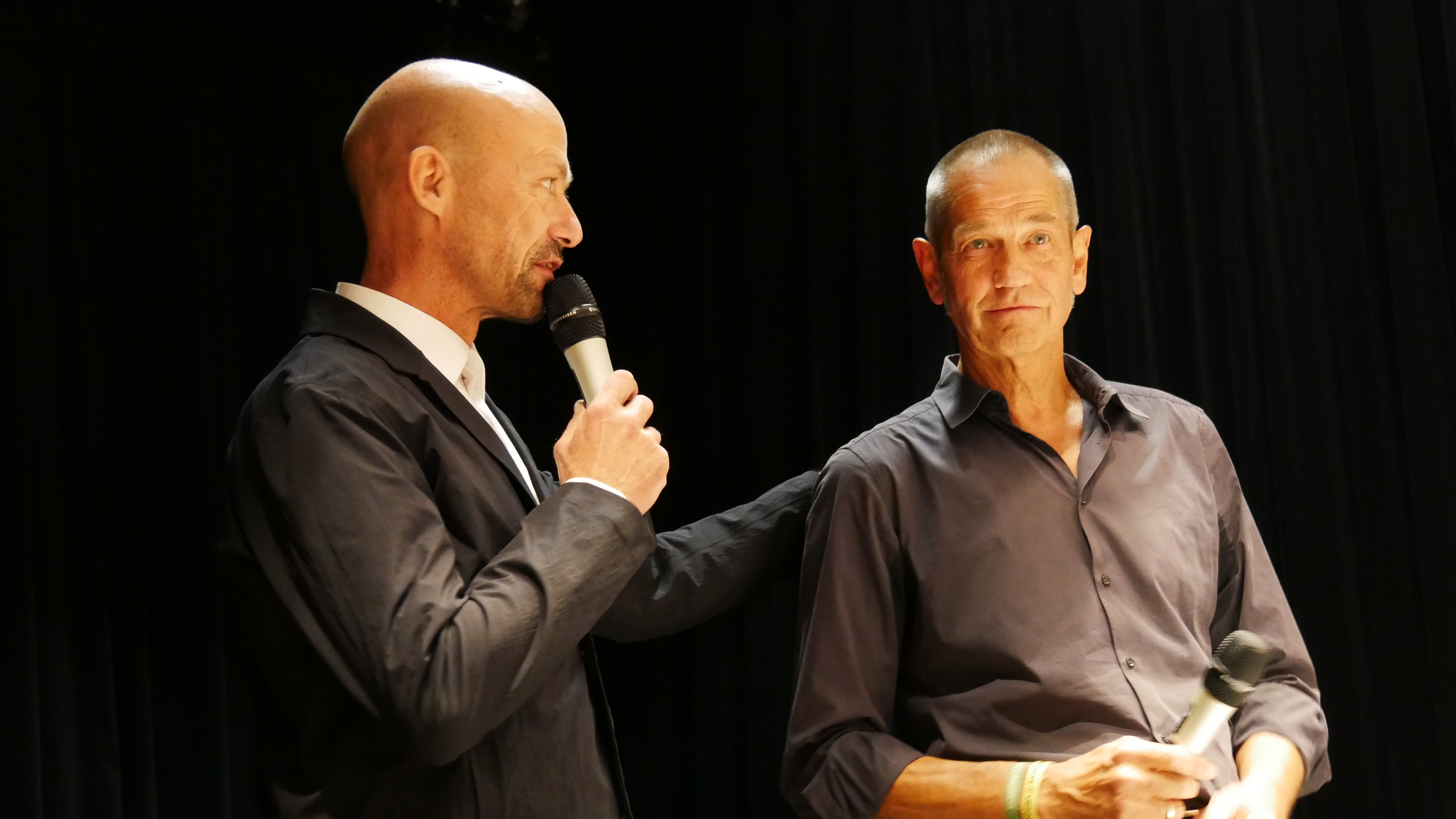
For a first time, one can say that it was a great success. Tell us about that.
We had the right time for that event and we gave it everything. We knew that we needed the best possible organization in order to handle such a crowd. We could as well give 110%. This is what we did but all the people were also into Shiatsu, so we added the spirit of Shiatsu to all of that.
Now that the event is done, what experience do you draw from the this congress?
A very positive one! I believe Shiatsu needs more such events. We have to build a network up, reach a critical mass of people who commit themselves to moving forward. Shiatsu deserves a better role in society and in the health system. There is so much to do! I deem it our job to do something about it. What we are currently seeing in Vienna is that the media coverage persists and many people get in touch to learn more and the next classes are already fully booked. The unifying aspect of the congress also had a big impact on the Shiatsu scene. The Austrian federation, the practitioners, every one is motivated, inspired and wants to work together. It’s just great.
The theme of the congress was « Shiatsu as a therapy ». I have two related questions. Do you believe that European Shiatsu is mature enough to be considered as a full-blown therapy nowadays? And, according to you, how do European practitioners react to this call for « therapeutics »?
Good question… First of all, so called civilization diseases litterally explode all around the worold. It is a fact. And it also is a fact that costs for our health systems explode accordingly. So, we need a new approach to our health problems. To me, Shiatsu has the potential to play a leading role in the health system and in society. Why? What do future therapies need to provide to face the challenges of modern life, a life constantly on the speed track, a digital life, an increasingly insecure life and under pressure? This therapy of the future must stop the separation between the body, mind and spirit. It must focus on the individual history of the client and his environment, must be able to offer prevention and care. Future therapists should see and think of things in a holistic way, and be specific and precise.Shiatsu meets all these criteria. Shiatsu can become one of the most interesting therapies of the future, I am firmly convinced. And I believe that in most European countries, Shiatsu is mature enough for that. In Switzerland, the profession of « complementary therapist » exists and Shiatsu is on the list. You can be a complementary therapist and be part of the public health system. The basic curriculum for Shiatsu in that country is not so different from other European countries, you just need more hours of training on general care and medical knowledge, but I believe it would be nice to include them in most countries, even though not all people who practice Shiatsu will rejoice at having to do it. But wouldn’t it be thrilling to have that opportunity? You could become a Shiatsu therapeutist if you wanted to. Or you could practice relaxation Shiatsu if you didn’t. Why not? I am very much in favor of Shiatsu as a therapy, but during the congress, we wanted to see the reaction of people and… let’s say it’s about 50/50.
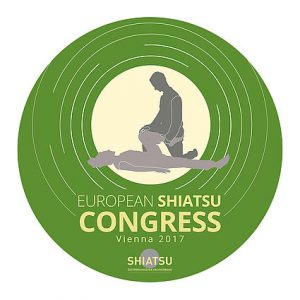
Will the congress remain in German speaking countries or is it intended to travel to various European capitals? When will the next date be?
The European Shiatsu Congress is a European event. It should thus change locations. It has always been my vision, basically. And it would be good to have it in a non German speaking country for once. We made a small enquiry and the participants like the idea to have it in a big city. So we are going to stick with this idea. For the moment, we have 2020 in mind but if partners are interested, it could be as early as 2019. It would be really good if we could settle for a European congress every second year, and in the meantime everyone would attend national conferences and congresses. You need to remember that the congress is not political, it is important to have a nonpolitical platform. Our idea is to keep this platform alive and well, during and after the congress. We shall see. We have ideas but we are open to all good surprises.
Thank you very much for this valuable testimony. See you.
It was my pleasure, really.
To contact Mike Mandl: click on his introduction in English
Author : Ivan Bel – Translator : Gilles Datchary
Notes :
[i] Tomas Nelissen (The Netherlands) : he is among the pioneers of shiatsu in Europe. He studied shiatsu directly in Japan with Masunga and worked with him. After he came back to Europe, Tomas founded the Iokaï Shiatsu Academy in the Netherlands. then the International Academy for Hara Shiatsu in Vienna. Tomas is one of the first to introduce Shiatsu in hospitals, which is a great success and earned him his internaMike Mandltional recognition.
- Book review: “Another self” by Cindy Engel - 30 September 2024
- 24-26 October 2025: Master Class in Vienna (Austria) – Shiatsu and martial arts - 20 August 2024
- Lembrun Summer Intensive Course – July 6 to 12, 2025: Digestive System Disorders, Advanced Organ Anatomy, and Nutrition - 4 August 2024
- Anpuku Workshop with Ivan Bel in London – 7 & 8th, June 2025 - 22 June 2024
- Interview with Wilfried Rappenecker: a european vision for Shiatsu - 15 November 2023
- Interview : Manabu Watanabe, founder of Shyuyou Shiatsu - 30 October 2023



